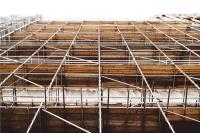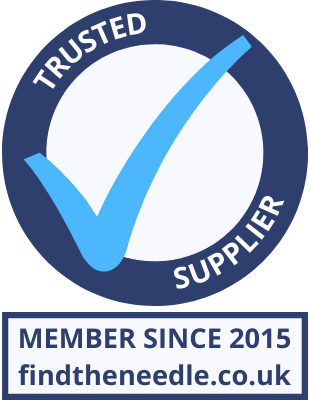 Add My Company
Add My Company
Sign In

Finding the right scaffolding solution is an important element in many construction projects and often the scaffold will need to be designed, so ensuring that the design is created by specialists who understand the nuances of each location can be very important. But what are the key things to think about when getting a scaffold design?
No Substitute For Accuracy
Scaffolding design from leading companies takes advantage of the latest technologies - from CAD to wind loading analysis software and frame analysis. The use of modern software packages gives designers the ability to produce more detailed and accurate designs, however this is still limited by the quality and accuracy of the information given to the designer. The better the information, the more accurate design plans for scaffolding, formwork and falsework will be.
Adequate Preparation
Scaffolding design is essential to ensure that each job has a scaffolding structure that is tailored to the nature of the construction site and the work itself, as well as ticking off safety measures and avoiding any legal or compliance issues. Before the scaffold designer starts work on the design, they must be made aware of any obstructions that need to be avoided or bridged over and any doorways or access routes that need to be kept clear.
There may also be other issues regarding the location of a scaffold that they need to be aware of such as underground voids or services or the proximity of roads or railway lines. The scaffold designer should have a good understanding of the site in the area where the scaffold is required; it may be a good idea to consider arranging for the designer to visit the site so that they can more easily visualise the immediate surroundings and where the scaffold is going to be, as well as get the opportunity to take measurements and further increase the amount of information they have to work with. Often there is a charge for this service, but it may save the time and expense of having the design revised afterwards.
Guardrail Guidelines
Guardrails are an essential safety measure to help prevent falls during ongoing construction projects. Generally, edge protection will consist of a top rail, lower rail, and toe board with the top rail at 1.1m high and gaps between the rails of no more than 470mm. If edge protection is situated on a pitched roof with the handrails running perpendicular to the slope of the roof, then consideration must be given to the angle of the roof. There are three different edge protection classes for pitched roofs for various pitch angles - each has a different set of requirements. If the handrails run in the same direction of the slope i.e. along a gable end, then this can be classed as a flat roof.
Thought must also be given to the how and where the edge protection will be fixed to the permanent structure. If there isn’t anything to fix to, a free standing edge protection may be the only solution - however, kentledge may be required to prevent overturning or sliding.
Access Design & Safety are scaffolding design specialists servicing a wide range of sectors - from commercial to education and government. Call us today on 01384 459090 for help and guidance on your next building.
For more information on Guidelines To Keep In Mind When Getting A Scaffold Design talk to Access Design & Safety Ltd
Enquire Now
List your company on FindTheNeedle.

